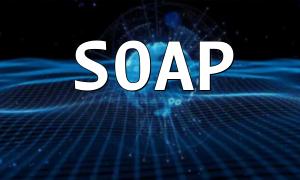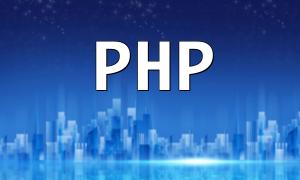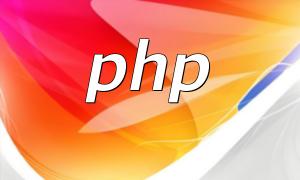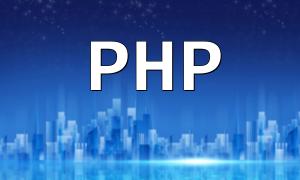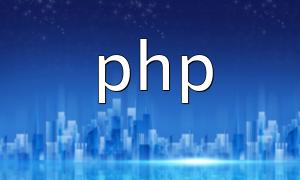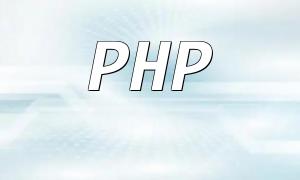In web development, databases play a central role in building dynamic websites. PHP, as one of the most widely used backend languages, offers several ways to connect to and interact with databases. This article explains the main PHP database connection methods to help developers choose the most appropriate approach for their projects.
MySQLi (MySQL Improved) is a PHP extension designed specifically for MySQL databases. It supports both object-oriented and procedural styles, providing high performance and scalability. MySQLi also includes advanced features such as prepared statements, transactions, and multi-query support.
$conn = new mysqli('localhost', 'username', 'password', 'database');
if ($conn->connect_error) {
die('Connection failed: ' . $conn->connect_error);
}
echo 'Connected successfully';
$conn->close();PDO (PHP Data Objects) is a universal database access layer that supports multiple databases such as MySQL, PostgreSQL, and SQLite. The main advantage of PDO is its portability and security. Developers can use the same code structure to connect to different databases, making it easier to build cross-database applications.
try {
$pdo = new PDO('mysql:host=localhost;dbname=test', 'username', 'password');
echo 'Connected successfully';
} catch (PDOException $e) {
echo 'Connection failed: ' . $e->getMessage();
}ODBC (Open Database Connectivity) is an open standard that allows applications to access multiple data sources. PHP’s ODBC extension enables developers to connect to various database systems using a unified interface.
$conn = odbc_connect('DSN', 'username', 'password');
if (!$conn) {
exit('Connection failed');
}
echo 'Connected successfully';
odbc_close($conn);Although JDBC is primarily used in Java environments, PHP can also interact with databases through a JDBC bridge. This approach is typically used when integrating PHP with Java-based systems, though it is less common in standard PHP development.
In addition to the above methods, PHP also provides dedicated extensions for specific databases, such as:
Each connection method serves different needs depending on the project:
Ultimately, the choice of connection method depends on your project’s architecture and requirements. Understanding the strengths of each option will make PHP database development more efficient and flexible.
